Home>Home Appliances>Cleaning Appliances>How Does A Pool Vacuum Cleaner Work
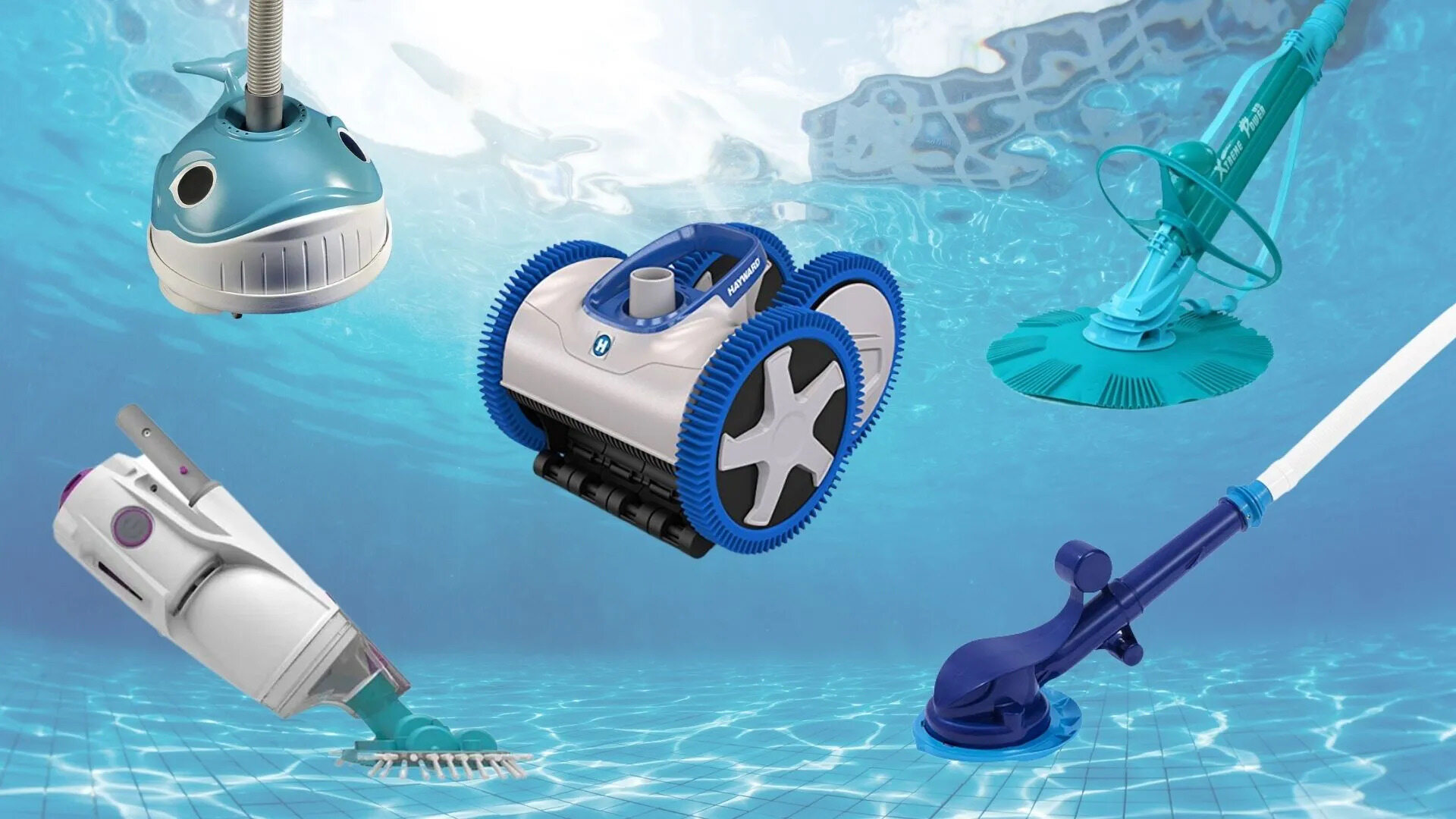

Cleaning Appliances
How Does A Pool Vacuum Cleaner Work
Modified: February 25, 2024
Discover how pool vacuum cleaners work and their benefits for efficient cleaning. Learn about the technology behind these essential cleaning appliances.
(Many of the links in this article redirect to a specific reviewed product. Your purchase of these products through affiliate links helps to generate commission for Storables.com, at no extra cost. Learn more)
Introduction
Welcome to the world of pool maintenance, where the humble pool vacuum cleaner plays a vital role in keeping your oasis clean and inviting. Whether you’re a pool owner or simply intrigued by the inner workings of these essential cleaning appliances, understanding how a pool vacuum cleaner operates can be both fascinating and practical.
In this comprehensive guide, we’ll delve into the basic components, suction power and filtration system, working mechanism, types, and maintenance of pool vacuum cleaners. By the end of this exploration, you’ll have a newfound appreciation for the technology behind these devices and the knowledge to keep your pool sparkling clean.
Key Takeaways:
- Pool vacuum cleaners use suction power and filtration systems to remove debris and contaminants from pool surfaces and floors, maintaining water clarity and purity.
- Understanding the components, working mechanism, types, and maintenance of pool vacuum cleaners empowers pool owners to make informed decisions for efficient pool maintenance.
Read more: How Does A Vacuum Cleaner Work
Basic Components of a Pool Vacuum Cleaner
A pool vacuum cleaner, also known as a pool vacuum or pool cleaner, consists of several key components that work in harmony to remove dirt, debris, and other impurities from the pool’s surface and floor. Understanding these components is crucial for comprehending how the device functions.
- Head: The head of a pool vacuum cleaner is the part that comes into direct contact with the pool’s surface. It typically contains brushes or scrubbers to dislodge debris and dirt.
- Hose: The hose connects the head of the vacuum cleaner to the filtration system or skimmer. It serves as the conduit through which debris and water are transported.
- Filtration System: This component captures and retains debris, preventing it from re-entering the pool. The filtration system can vary based on the type of pool vacuum cleaner, with options including cartridge filters, sand filters, and diatomaceous earth (DE) filters.
- Drive Mechanism: Some pool vacuum cleaners feature a drive mechanism that propels the device along the pool’s surface and floor, ensuring comprehensive cleaning coverage.
- Power Source: Pool vacuum cleaners are powered by electricity, water pressure, or the pool’s filtration system. Understanding the power source is essential for safe and effective operation.
These basic components form the foundation of a pool vacuum cleaner, and their seamless integration is crucial for optimal cleaning performance. Now that we’ve explored the key elements, let’s delve into the suction power and filtration system of these essential devices.
Suction Power and Filtration System
The suction power and filtration system are integral aspects of a pool vacuum cleaner, directly impacting its cleaning efficiency and the quality of water circulation in the pool. Understanding how these components function is essential for maintaining a pristine pool environment.
Suction Power: The suction power of a pool vacuum cleaner determines its ability to remove debris and contaminants from the pool’s surface and floor. This power is generated by the device’s pump or filtration system, creating a vacuum effect that draws in water along with any dirt, leaves, or other particles present in the pool.
Optimal suction power is crucial for thorough cleaning, as it ensures that even the smallest particles are effectively captured and removed from the pool. However, it’s important to strike a balance, as excessive suction power can lead to damage or wear and tear on the pool’s surface and filtration system.
Filtration System: The filtration system of a pool vacuum cleaner plays a pivotal role in maintaining water clarity and purity. As the vacuum cleaner draws in water and debris, the filtration system captures and retains the impurities, preventing them from re-entering the pool.
There are several types of filtration systems commonly used in pool vacuum cleaners:
- Cartridge Filters: These filters consist of a pleated polyester or other durable material, providing an effective barrier against debris. They are known for their ease of maintenance and high filtration efficiency.
- Sand Filters: Utilizing specially graded sand as the filtering medium, these filters trap particles as water passes through, effectively removing impurities from the pool water.
- Diatomaceous Earth (DE) Filters: DE filters employ a fine powder, known as diatomaceous earth, as the filtering agent. This results in exceptional filtration performance, capturing even the smallest particles.
By understanding the suction power and filtration system of a pool vacuum cleaner, pool owners can make informed decisions regarding the selection and maintenance of these essential devices. Now, let’s explore the working mechanism of a pool vacuum cleaner to gain insight into how these components come together to keep pools clean and inviting.
Working Mechanism of a Pool Vacuum Cleaner
The working mechanism of a pool vacuum cleaner involves a series of coordinated actions that facilitate the efficient removal of debris and contaminants from the pool’s surface and floor. Understanding this process provides insight into the functionality of these essential cleaning devices.
1. Movement and Navigation: Pool vacuum cleaners are designed to move across the pool’s surface and floor, systematically covering the entire area to ensure comprehensive cleaning. Some models utilize random or patterned movements, while others feature programmed paths to maximize coverage.
2. Debris Collection: As the pool vacuum cleaner traverses the pool, its head and brushes dislodge and agitate debris, allowing it to be drawn into the device’s suction inlet. The suction power, generated by the pump or filtration system, plays a crucial role in effectively capturing the debris and preventing it from re-entering the pool.
3. Filtration and Containment: The captured debris and water are transported through the vacuum cleaner’s hose to the filtration system. Here, the filtration medium, whether it’s a cartridge, sand, or diatomaceous earth filter, traps the debris while allowing clean water to return to the pool, maintaining water clarity and purity.
4. Power Source and Control: Pool vacuum cleaners are powered by electricity, water pressure, or the pool’s filtration system. Some models feature programmable controls, allowing users to customize cleaning schedules and parameters for optimal efficiency.
By understanding the working mechanism of a pool vacuum cleaner, pool owners can appreciate the intricate process that occurs each time the device is deployed to maintain a clean and inviting pool environment. Now, let’s explore the various types of pool vacuum cleaners available, each offering unique features and capabilities to suit diverse pool maintenance needs.
When using a pool vacuum cleaner, make sure to move it slowly and methodically across the pool to ensure it picks up all the debris. Also, regularly clean or replace the filter to maintain its effectiveness.
Types of Pool Vacuum Cleaners
Pool vacuum cleaners come in various types, each offering distinct features and capabilities to cater to diverse pool maintenance needs. Understanding the different types of pool vacuum cleaners empowers pool owners to select the most suitable option for their specific requirements.
1. Suction-Side Pool Vacuum Cleaners: These cleaners operate by utilizing the suction power generated by the pool’s existing pump and filtration system. They are connected to the skimmer or a dedicated suction line, drawing in water and debris as they move across the pool’s surface and floor. Suction-side cleaners are known for their cost-effectiveness and simplicity, making them a popular choice for many pool owners.
2. Pressure-Side Pool Vacuum Cleaners: Pressure-side cleaners harness the power of the pool’s water pressure to navigate the pool and collect debris. They are connected to a dedicated return line and often feature a separate debris bag to capture and contain the collected debris. These cleaners are effective at sweeping and scrubbing the pool’s surfaces, offering thorough cleaning capabilities.
3. Robotic Pool Vacuum Cleaners: Robotic cleaners are self-contained, independent devices that operate using electricity. They do not rely on the pool’s pump or filtration system, making them highly efficient and reducing the workload on the pool’s primary equipment. Robotic cleaners feature advanced navigation systems and powerful suction capabilities, making them ideal for thorough cleaning and debris removal.
4. Manual Pool Vacuum Cleaners: Manual vacuum cleaners are operated by the user, requiring physical manipulation to clean the pool. They are typically connected to a telescopic pole and the pool’s filtration system, allowing users to manually maneuver the vacuum across the pool’s surfaces to remove debris. While they require more effort and time compared to automatic cleaners, manual vacuum cleaners offer precise control and are suitable for targeted cleaning.
Each type of pool vacuum cleaner offers unique advantages and considerations, allowing pool owners to select the most suitable option based on factors such as pool size, debris type, budget, and desired level of automation. Now, let’s delve into the essential aspects of maintaining and caring for a pool vacuum cleaner to ensure its longevity and optimal performance.
Read more: How Does A Pool Cleaner Work
Maintenance and Care of Pool Vacuum Cleaner
Proper maintenance and care are essential for ensuring the longevity and optimal performance of a pool vacuum cleaner. By following recommended maintenance practices, pool owners can prolong the life of their cleaning equipment and maintain a consistently clean and inviting pool environment.
1. Regular Cleaning and Inspection: It’s important to regularly clean and inspect the various components of the pool vacuum cleaner, including the head, hoses, and filtration system. Remove any debris or obstructions that may impede the device’s functionality, and check for signs of wear or damage that may require repair or replacement.
2. Filter Maintenance: Depending on the type of filtration system, the filters should be cleaned or replaced according to the manufacturer’s recommendations. Cartridge filters may require periodic rinsing or chemical treatment, while sand filters may need backwashing to remove trapped debris. Proper filter maintenance is crucial for maintaining efficient filtration and water clarity.
3. Hose and Connection Care: Inspect the vacuum cleaner’s hoses and connections for any signs of wear, leaks, or damage. Ensure that the hoses are free from kinks or blockages that may hinder water flow and suction power. Proper care of hoses and connections prevents water and debris leakage, optimizing the device’s cleaning performance.
4. Power Source and Control: For electric or robotic pool vacuum cleaners, ensure that the power source and control unit are kept dry and protected from environmental elements. Follow manufacturer guidelines for storing and maintaining electrical components to prevent malfunctions and ensure safe operation.
5. Storage and Protection: When not in use, store the pool vacuum cleaner in a clean, dry, and sheltered location to protect it from exposure to harsh weather conditions and potential damage. Proper storage prolongs the life of the device and maintains its functionality for future use.
6. Professional Servicing: Periodically, consider professional servicing and maintenance for the pool vacuum cleaner, especially for complex or specialized models. Professional technicians can conduct thorough inspections, repairs, and component replacements to ensure the device’s continued reliability and performance.
By prioritizing the maintenance and care of a pool vacuum cleaner, pool owners can enjoy a consistently clean and well-maintained pool while extending the lifespan of their cleaning equipment. Now, with a comprehensive understanding of the components, working mechanism, types, and maintenance of pool vacuum cleaners, you are well-equipped to make informed decisions regarding pool maintenance and cleaning technology.
Conclusion
Exploring the inner workings of a pool vacuum cleaner has provided valuable insights into the technology and functionality behind these essential cleaning devices. From the basic components and suction power to the filtration system, working mechanism, types, and maintenance, we’ve uncovered the intricacies that contribute to the efficient maintenance of a clean and inviting pool environment.
Understanding the basic components, such as the head, hose, filtration system, drive mechanism, and power source, lays the foundation for comprehending how a pool vacuum cleaner operates. The suction power and filtration system play crucial roles in capturing and containing debris, ensuring that the pool water remains clear and free from impurities.
The working mechanism of a pool vacuum cleaner involves coordinated actions, from movement and navigation to debris collection, filtration, and power source control. This intricate process underscores the device’s ability to systematically clean the pool’s surfaces and floor, contributing to a pristine pool environment.
Exploring the various types of pool vacuum cleaners, including suction-side, pressure-side, robotic, and manual cleaners, has shed light on the diverse options available to pool owners. Each type offers unique features and capabilities, allowing for tailored solutions to meet specific pool maintenance needs.
Finally, delving into the maintenance and care of a pool vacuum cleaner has emphasized the importance of regular cleaning, filter maintenance, hose and connection care, power source management, and professional servicing. By prioritizing these maintenance practices, pool owners can ensure the longevity and optimal performance of their cleaning equipment.
Armed with this comprehensive knowledge, pool owners and enthusiasts are empowered to make informed decisions regarding the selection, operation, and maintenance of pool vacuum cleaners. By embracing the technology and functionality of these devices, maintaining a clean and inviting pool becomes an achievable and rewarding endeavor.
With a deep understanding of pool vacuum cleaners, pool maintenance becomes a seamless and efficient process, ensuring that your oasis remains a source of relaxation and enjoyment for years to come.
Frequently Asked Questions about How Does A Pool Vacuum Cleaner Work
Was this page helpful?
At Storables.com, we guarantee accurate and reliable information. Our content, validated by Expert Board Contributors, is crafted following stringent Editorial Policies. We're committed to providing you with well-researched, expert-backed insights for all your informational needs.
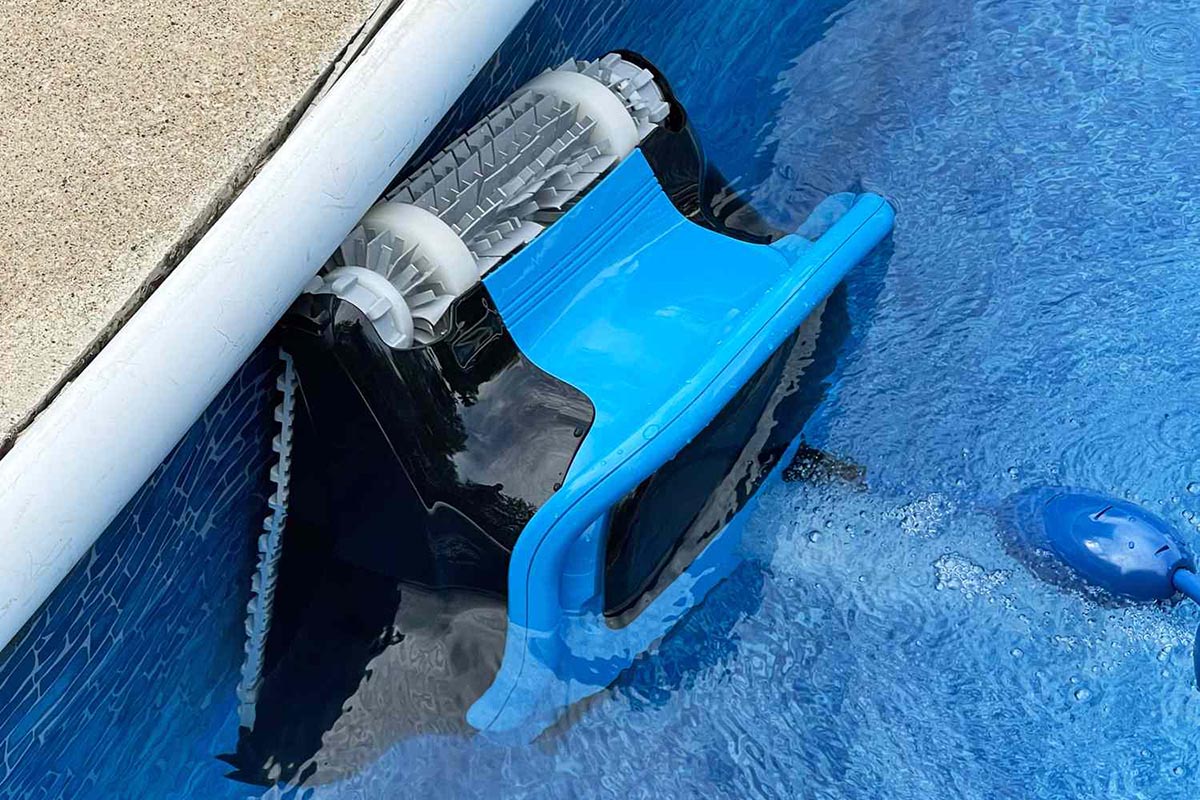
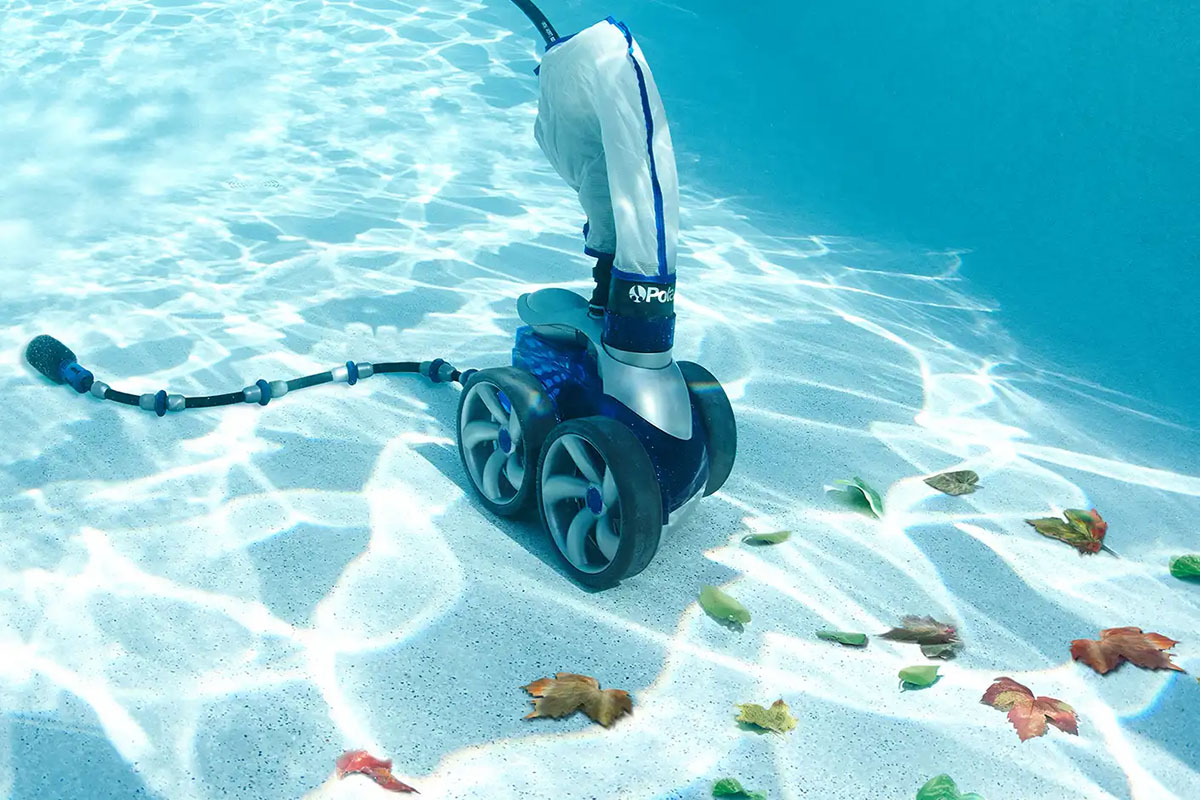
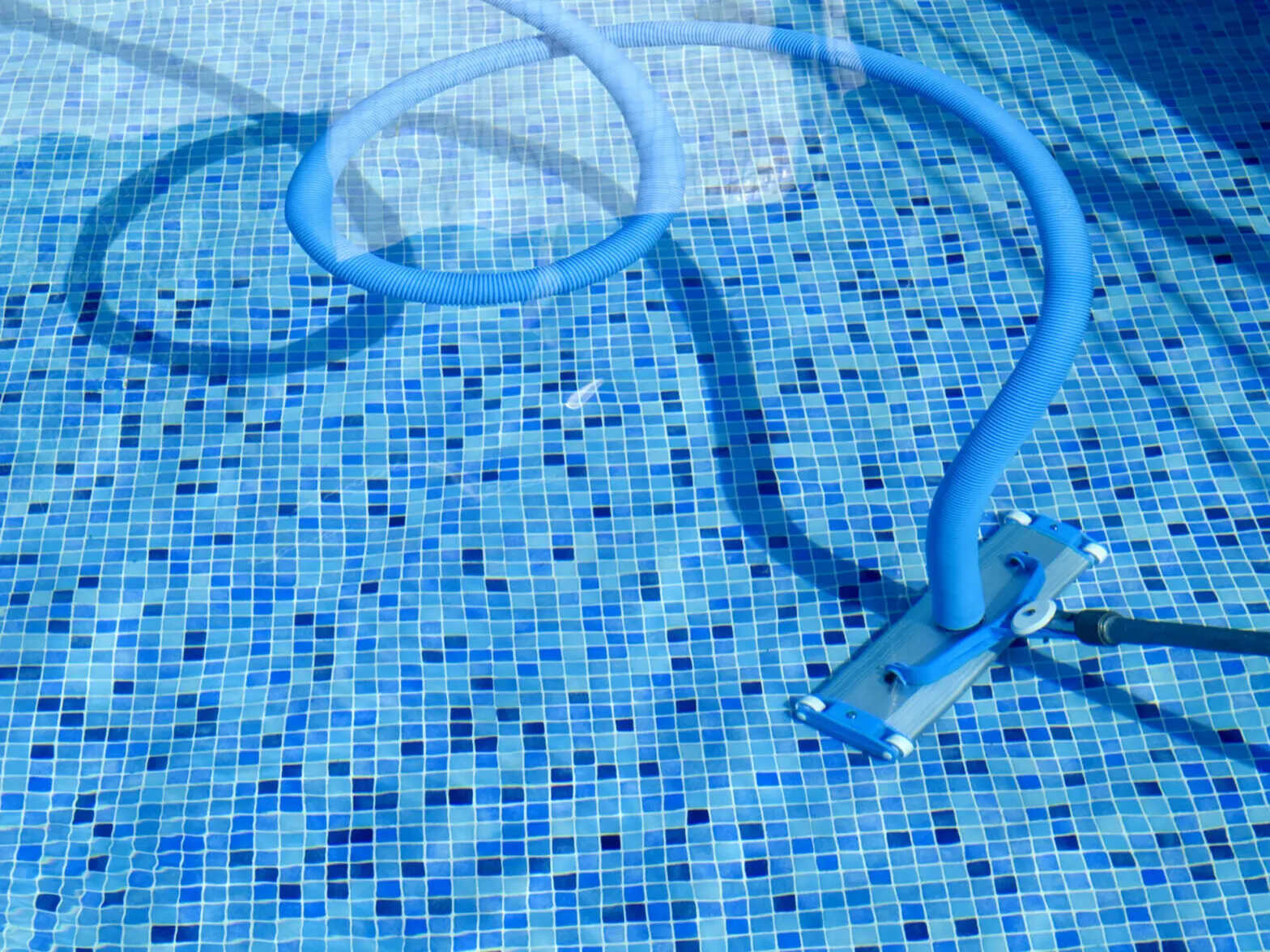
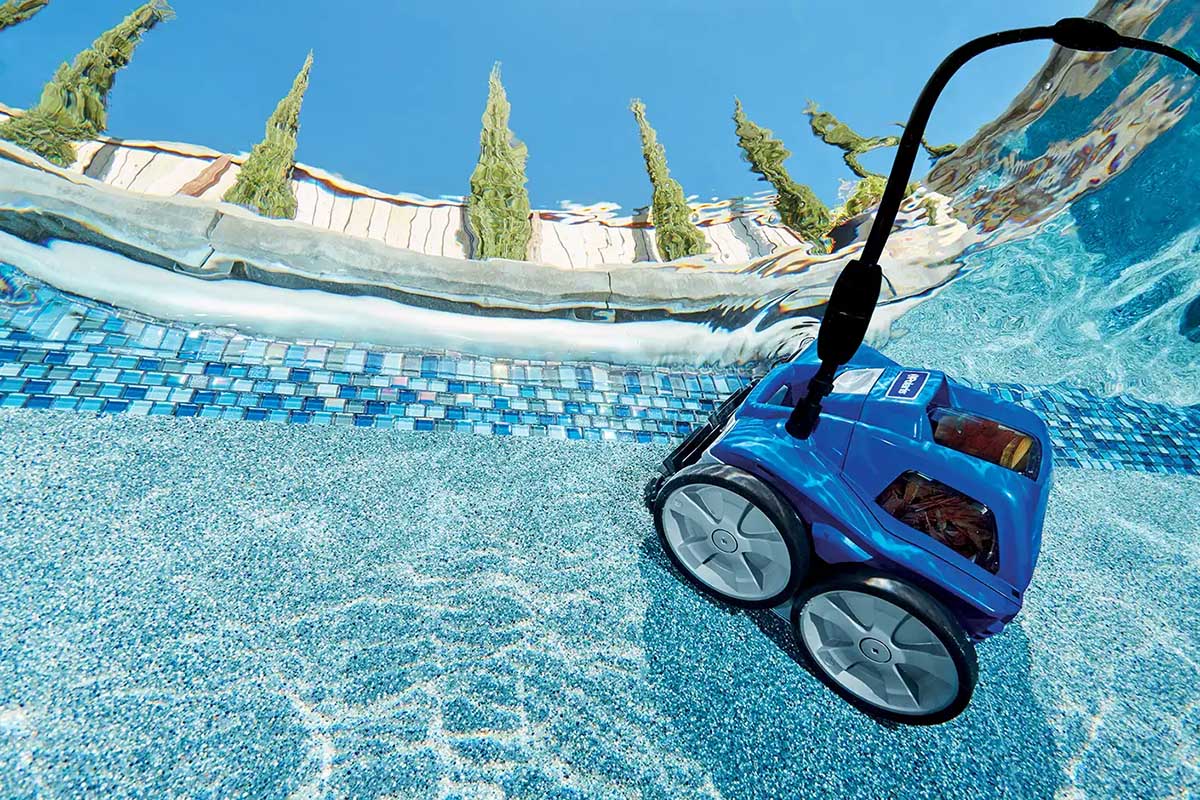
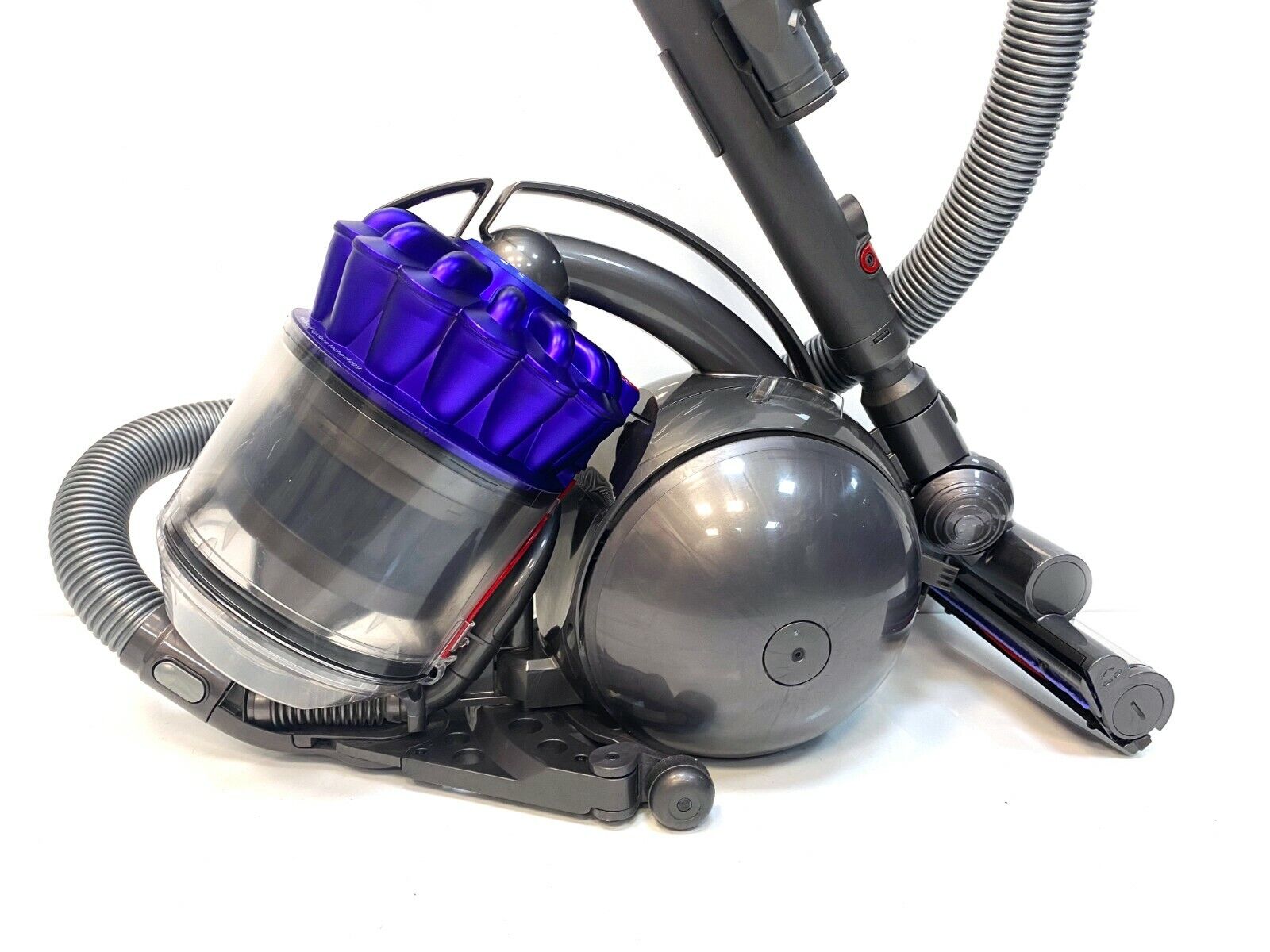
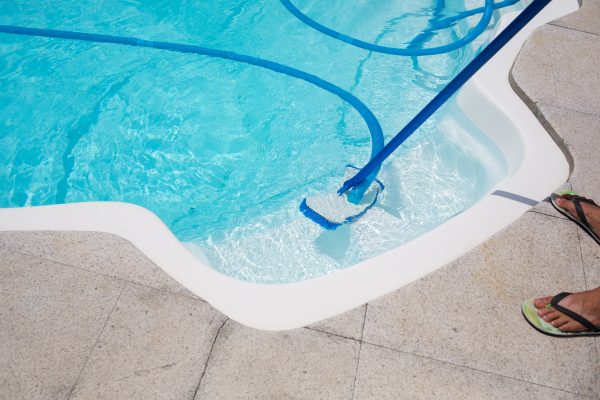
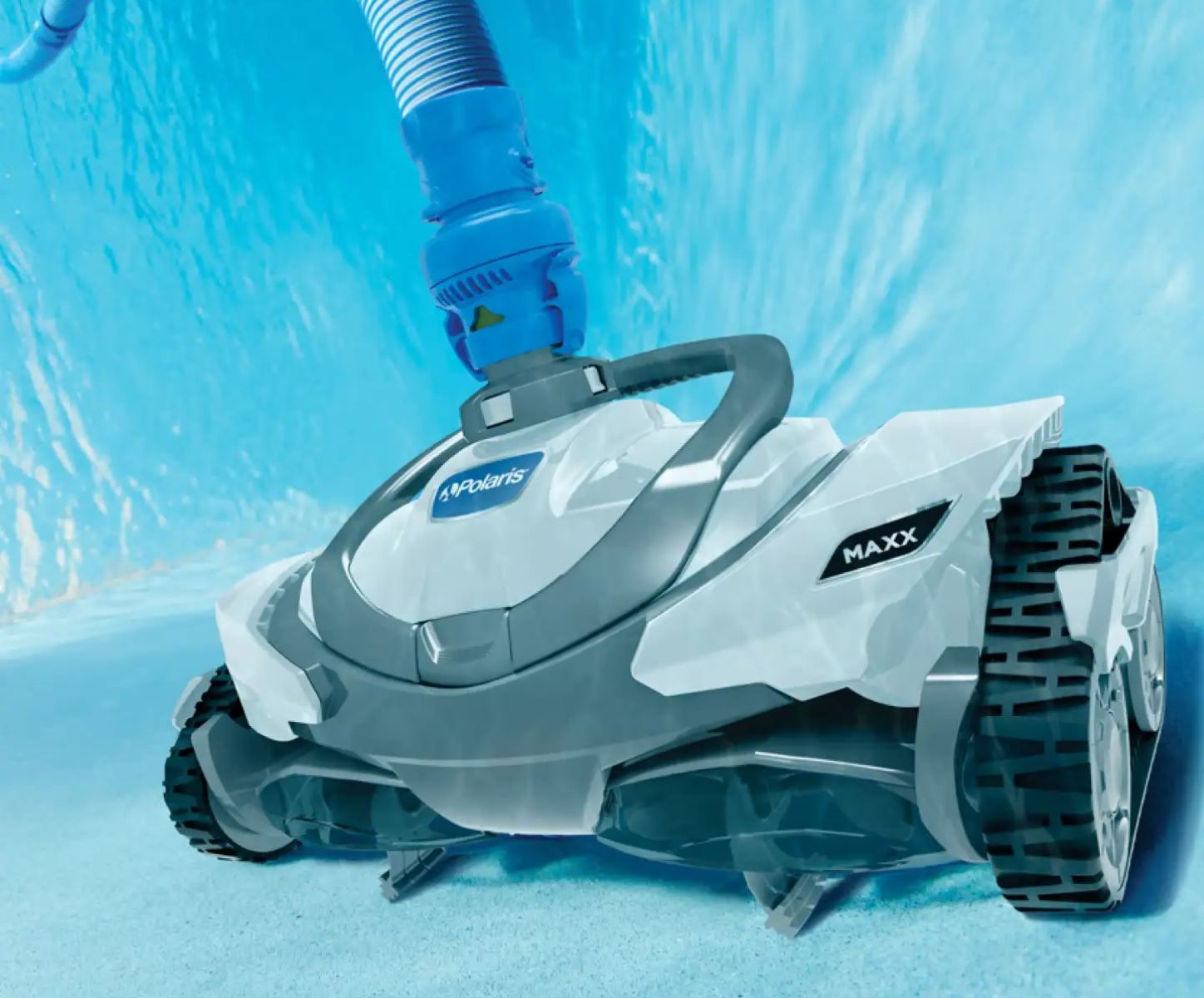
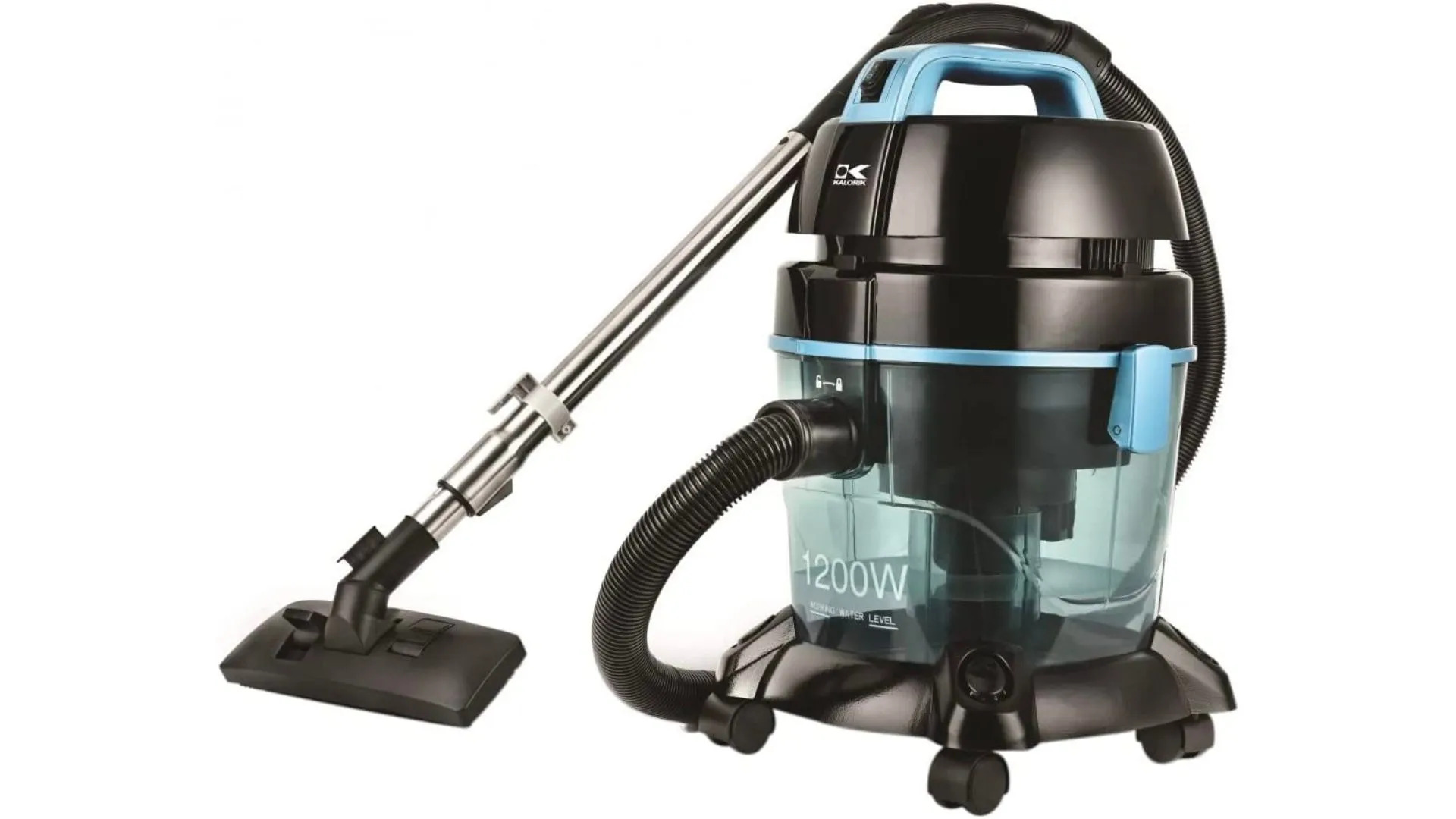
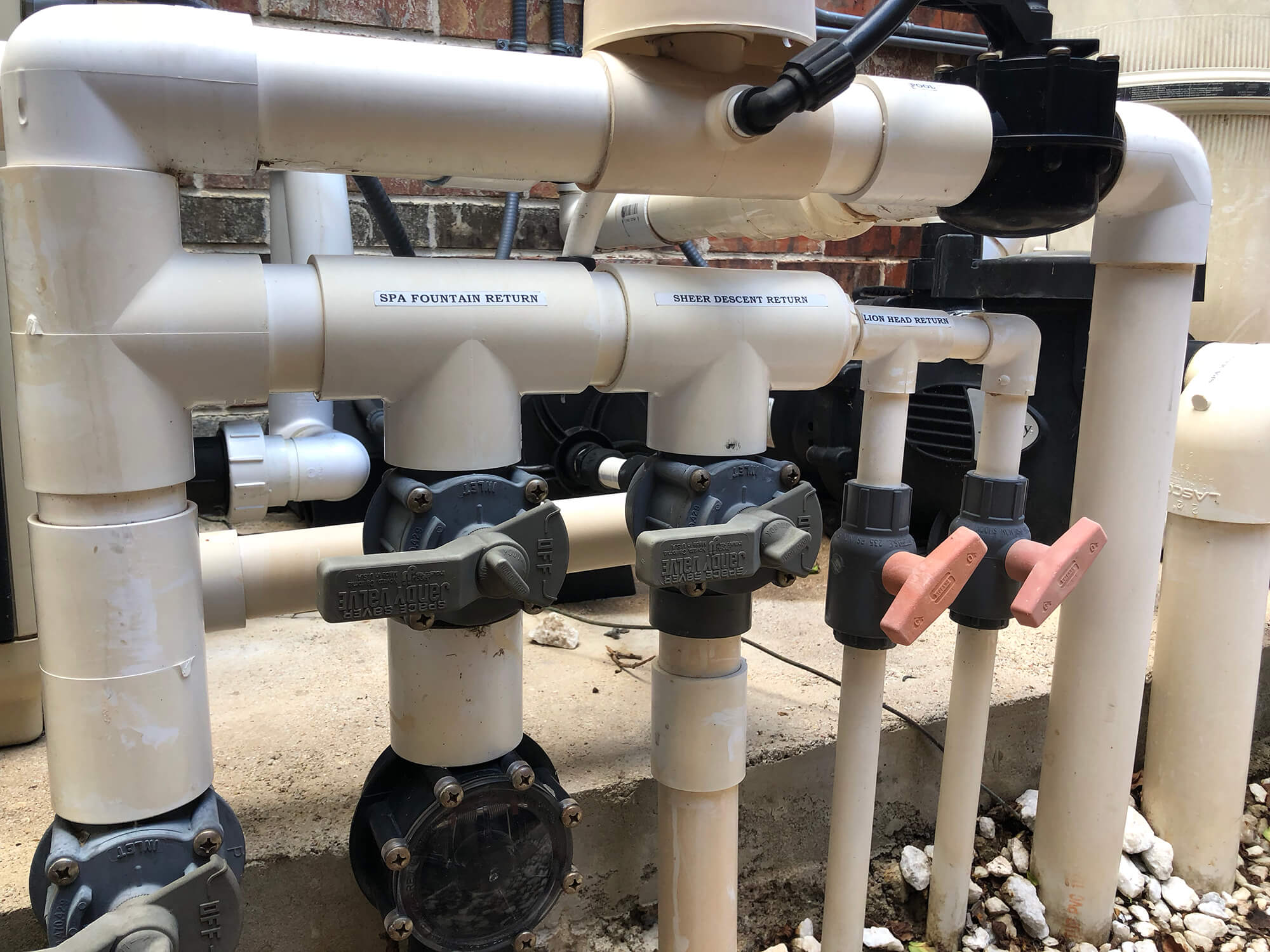
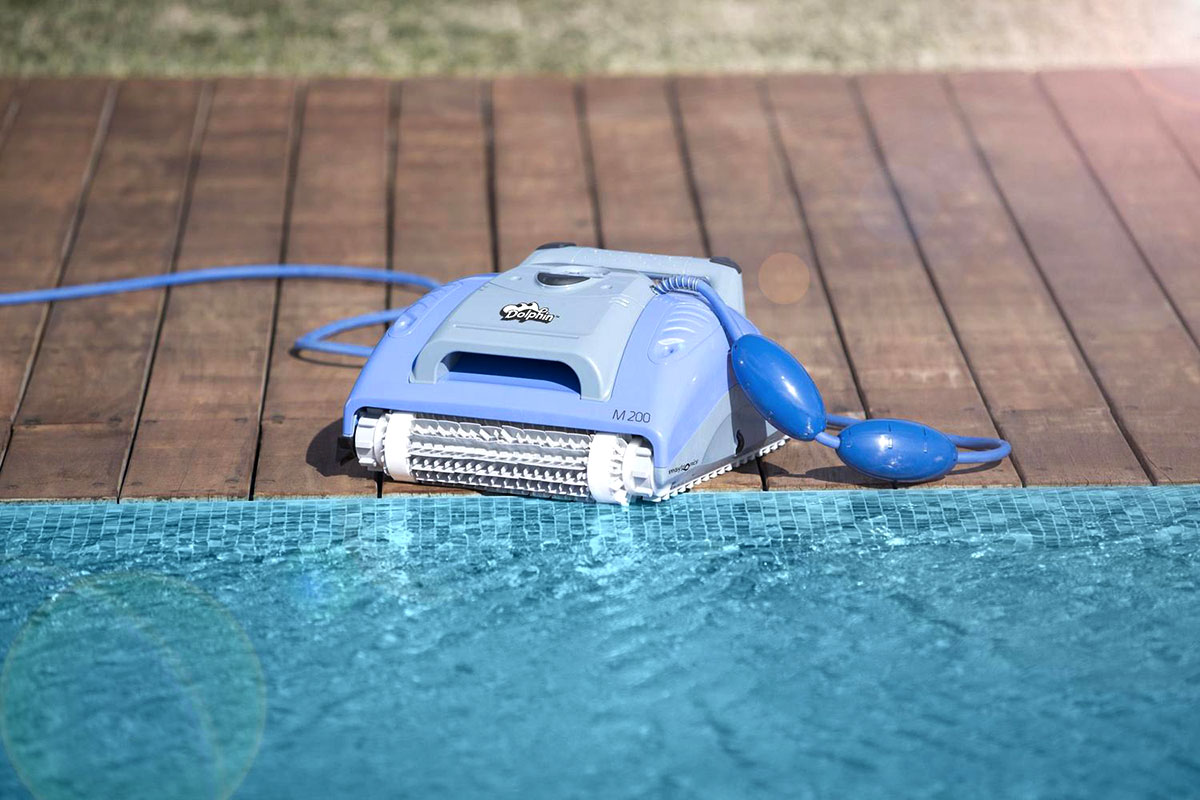
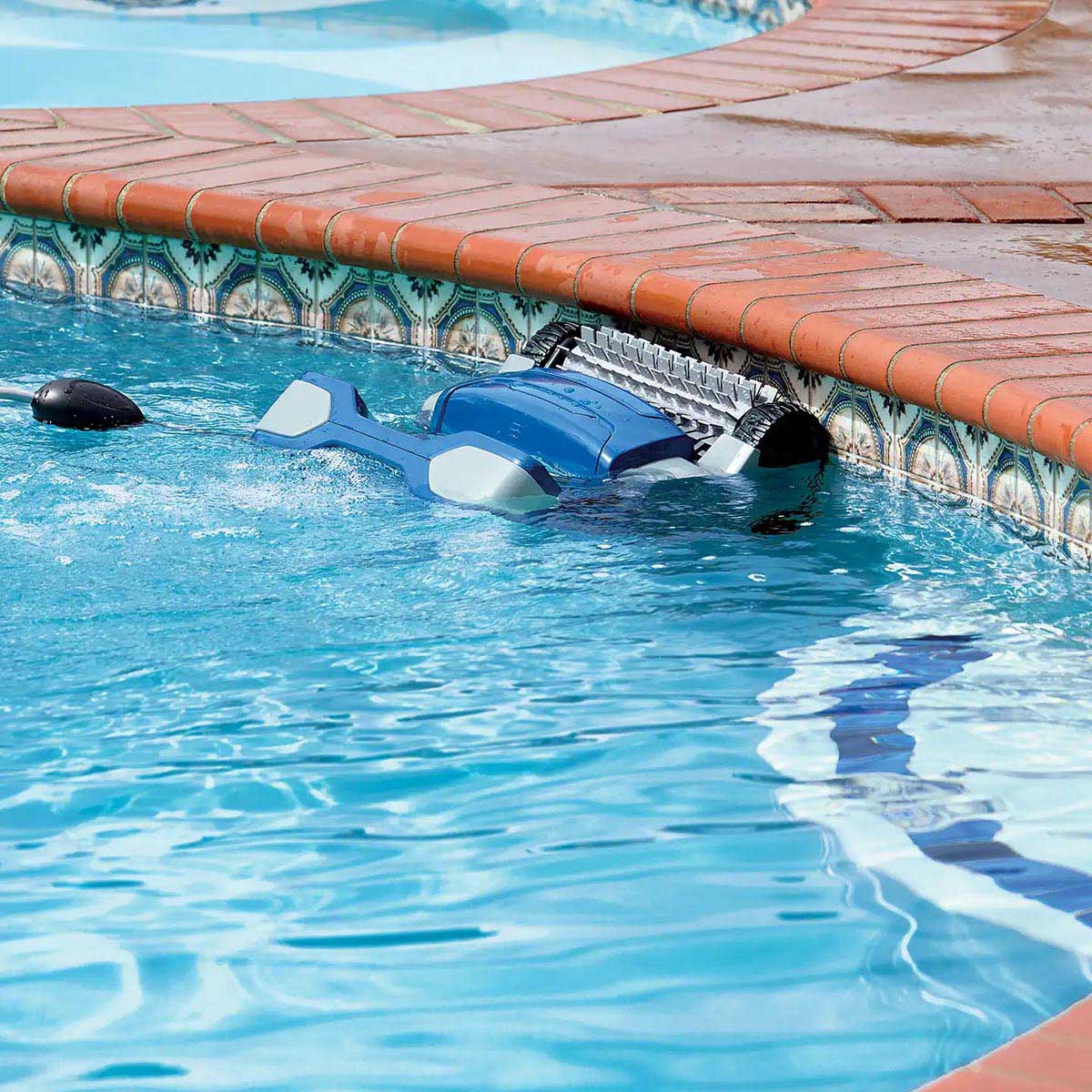
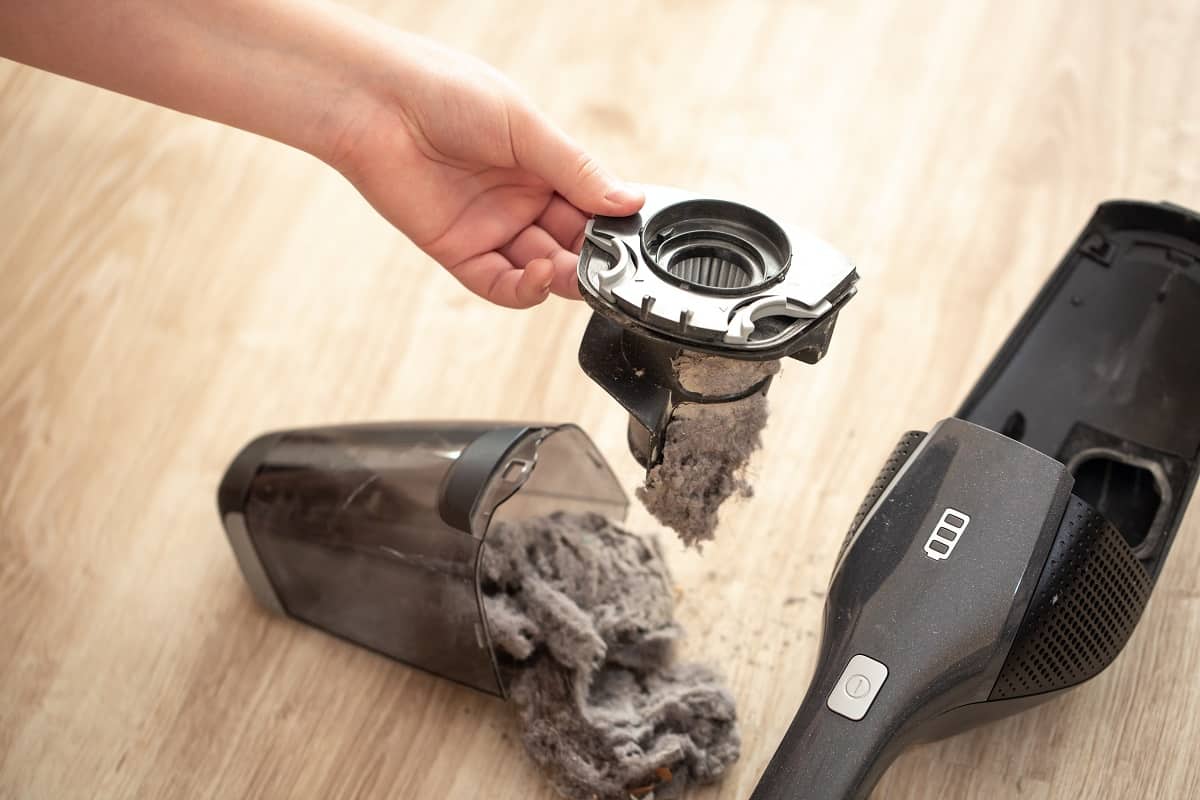
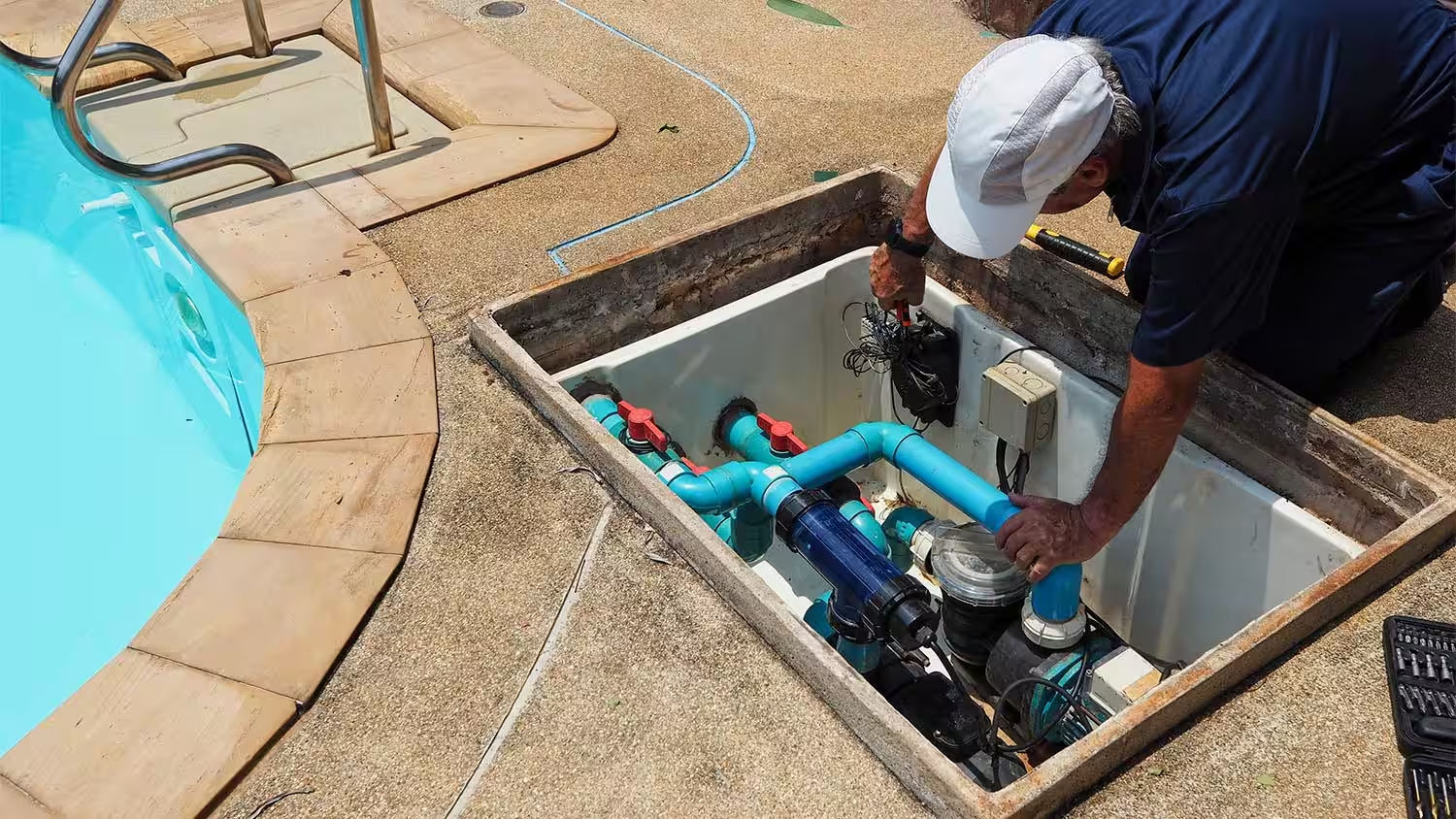
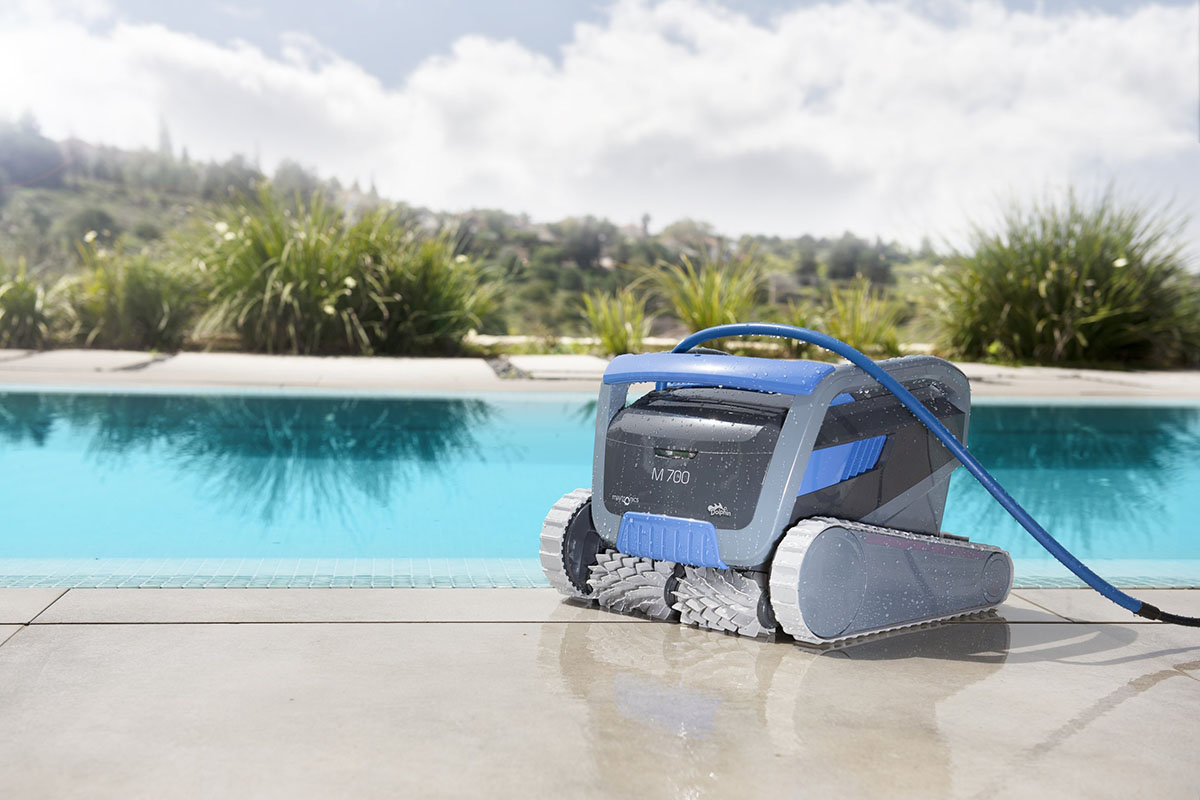

0 thoughts on “How Does A Pool Vacuum Cleaner Work”